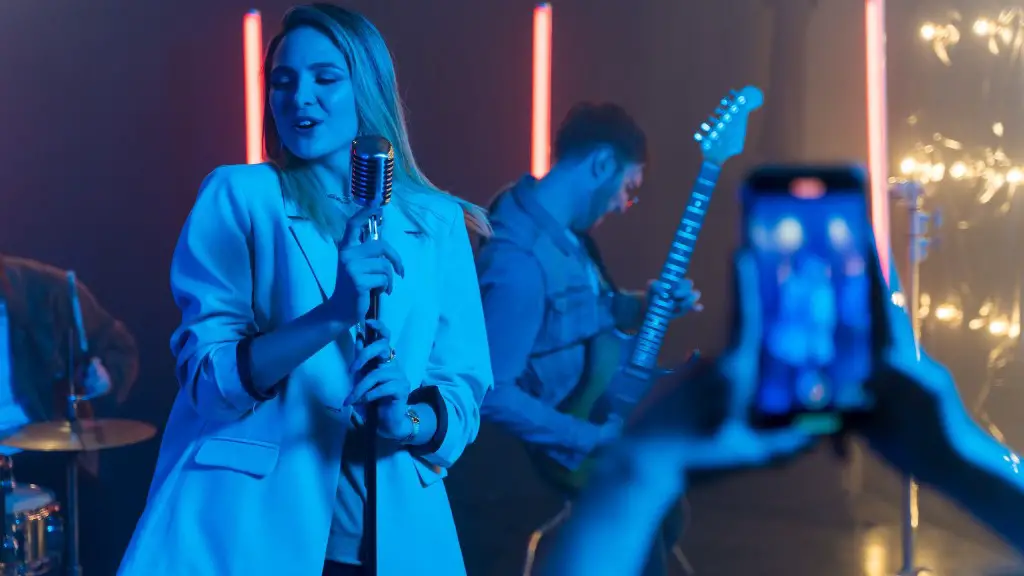Have you ever seen a goat and thought about drawing one? You don’t have to be a master artist to create a realistic portrait of a goat. With a few simple steps, you can draw a goat with ease. All you need is a pencil, paper, and a creative heart!
To begin, draw the outline of the goat’s profile. Start with the head and continue down to the body. Make sure the line is light so you can erase any mistakes easily. Next, draw the hooves, making sure to leave space for where the legs will be. After that, draw the legs, starting with the back legs and ending with the front legs. Give each leg a unique shape, as each goat will be different.
Now that the structure of the goat is complete, it’s time to add detail. For the face, draw the facial features such as the eyes, nose, and ears. Create shadows using dots and lines. If your goat has horns, draw them towards the top of the head. To give the goat a bit more personality, draw realistic fur or hair. It will help to add texture and make the goat look more life-like.
Bring your goat to life by adding color. Color each part lightly with your colored pencils, crayons, or paint. If you want your goat to look more realistic, consider adding shadows and highlights through the use of shading. Experiment with different colors, lighting, and shading techniques until you’re happy with the end result!
The final step to drawing a goat is adding the finishing touches. Use your pencil to add small details such as fur, a blemish, or a gesture. For a cartoony effect, add a few stars to the eyes, or draw a speech bubble coming out of the goat’s mouth.
If you follow these simple steps, you’ll have no problem drawing an amazing goat. Once you’ve perfected the basics, you can move on to more complicated drawings. Enjoy your new skills and don’t forget to show off your artistic creations to the world!
Now that you understand the basics of drawing a goat, let’s take a closer look at how to create realistic fur and textures. Start by sketching the fur as you would draw any other texture. Make sure your lines are smooth, and be careful to follow the contours of the goat’s body. Next, use a combination of short, medium and long strokes of the pencil to add depth and volume to the fur. For extra dimension, add highlights or shadows to certain areas. By patiently building up the fur and adding subtle details, you can achieve a realistic, life-like look.
Another important aspect of drawing a goat is creating expressions. Use your pencil to draw the eyes and eyebrows to show joy, surprise, fear, or anger. You can also change the goat’s facial expression by altering the length and thickness of the ears. To create a smiling look, draw the ears in a curved shape. To draw a scared expression, draw the ears flat against the head. With small changes to the face, you can completely change the mood of the goat!
Your goat drawing will come alive when you add color. If you’re drawing a white goat, use light blues and purples to show the shading and highlights. For a brown goat, use shades of brown and yellow. Don’t forget to add subtle highlights and shadows, as well as interesting textures, to make the goat look more realistic. Finally, if you want to capture the beauty of the goat, use warm colors to evoke a peaceful and calming atmosphere.
Now that you know the basics of how to draw a goat, you can take your skills to the next level. Experiment with different techniques and have fun! As long as you remember the basics listed above, you can create amazing goat drawings that you’ll be proud to share with the world!
